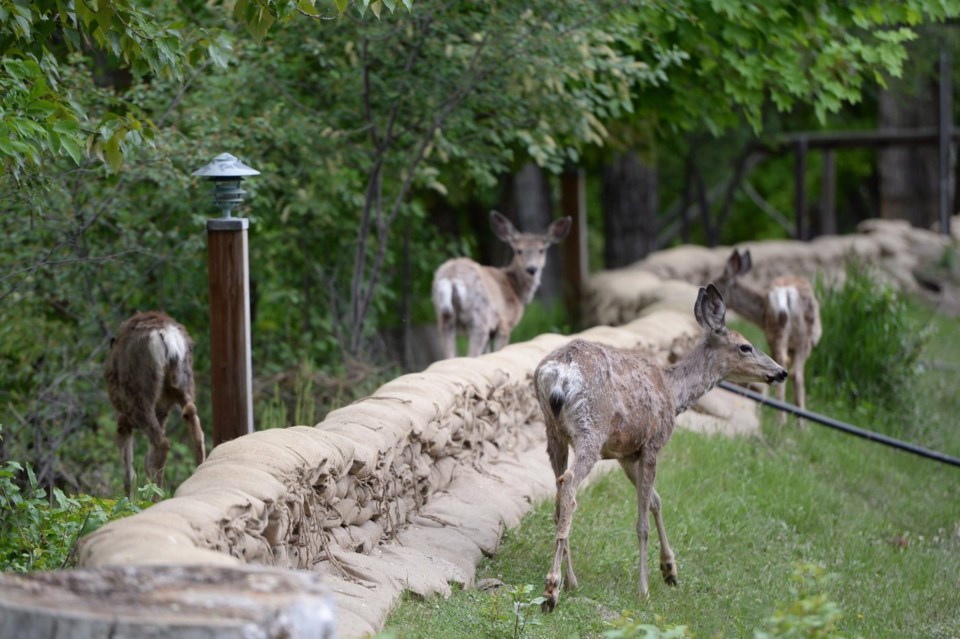A new case of chronic wasting disease, an incurable illness that has the potential to decimate deer populations, has been identified in British Columbia.
The B.C. Ministry of Water, Land and Resource Stewardship said the discovery of the infection in a white-tailed deer hunted in the Kootenay region last month brought the total number of cases in the province to three, after two cases were identified in February.
It said testing by a Canadian Food Inspection Agency lab confirmed the latest infection on Wednesday.
The ministry said the new infection occurred within two kilometres of one of the earlier cases in a white-tailed deer near Cranbrook.
Kaylee Byers, an assistant professor in the faculty of health sciences at Simon Fraser University, said learning the third case was found a few kilometres away from the first case is “the best news of bad news.”
“Because it's not like it's 100 kilometres away, so we're already within an area where we're trying to think about managing those animals."
The latest infection has prompted the B.C. Wildlife Federation to call for urban deer populations in the Kootenays to be "aggressively reduced."
The federation said in a statement that such deer are "a significant vector for the spread of chronic wasting disease."
"We’ve had two positives near Cranbrook and have been concerned about the proliferation of urban deer populations around towns as they are high density, in contact with each other and represent high risk for CWD and other diseases," said Jesse Zeman, executive director of the federation.
"We now have two positive samples near Cranbrook — reducing deer in and around the cities makes sense."
The government already announced in July that it was planning to remove urban deer from Cranbrook and Kimberley this fall as part of its strategy to limit the spread of the disease.
Byers said diseases like chronic wasting don't go away and are “almost indestructible,” and when they cull animals now, they are trying to ”remove a few to save hundreds later.”
“So, you're balancing the risks with the benefits in the long term.”
The government has introduced mandatory testing for the disease in deer, elk and moose killed in certain zones in the Kootenay region, while a targeted hunt was conducted, killing 50 deer but detecting no infections.
However, the wildlife federation said it was concerned that "chronic underfunding" would hamper detection and containment efforts.
It said no additional dedicated funding was directed to the disease in the last provincial budget.
Wasting disease affects deer, elk, moose and caribou. It attacks their central nervous system and causes cell death in the brain.
The ministry said there is no treatment or vaccine and the disease is always fatal.
While the first case of the wasting disease was detected this year in B.C., Byers said it was originally discovered in Saskatchewan in 1996.
She said the disease took longer to get to B.C. because it's uncommon to farm native cervid species, such as deer, in the province, unlike in Alberta and Saskatchewan.
The ministry said there was no direct evidence the disease could be transmitted to humans, but Health Canada recommends people do not eat meat from an infected animal, since cooking is not able to destroy the abnormal protein that causes the illness.
The first two cases identified in B.C. were a male mule deer killed by a hunter and a female white-tailed deer killed in a road accident.
Byers said it's also an important time for hunters to collaborate with the province to prevent the spread of the disease.
"We rely on hunters and harvesters to submit samples, and that is the foundation of our surveillance program for chronic wasting disease in B.C., so we really can't do it without them."
This report by The Canadian Press was first published Nov. 21, 2024.
Nono Shen, The Canadian Press



